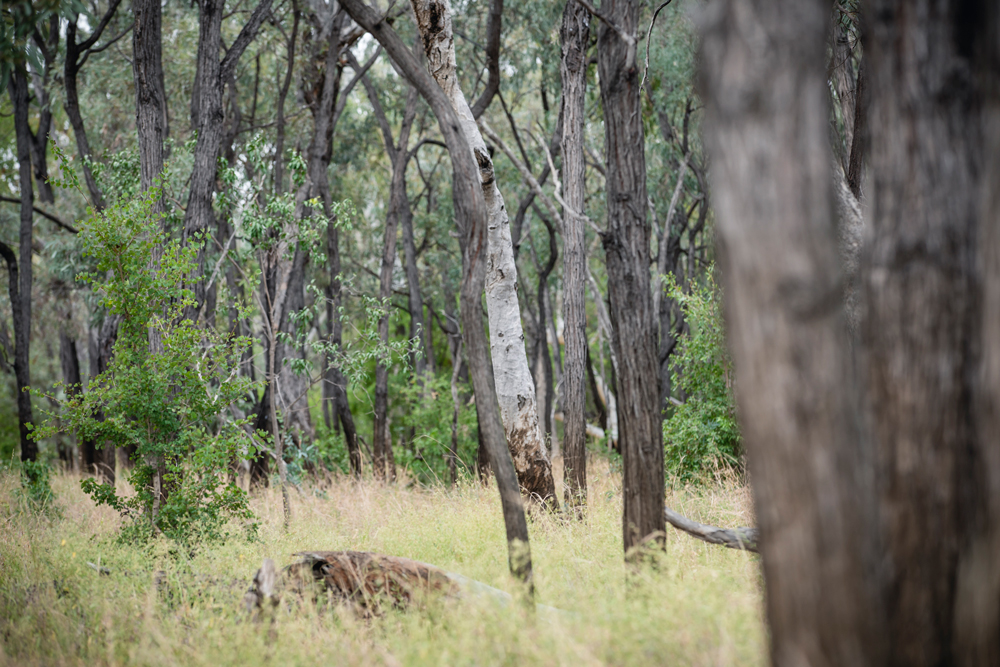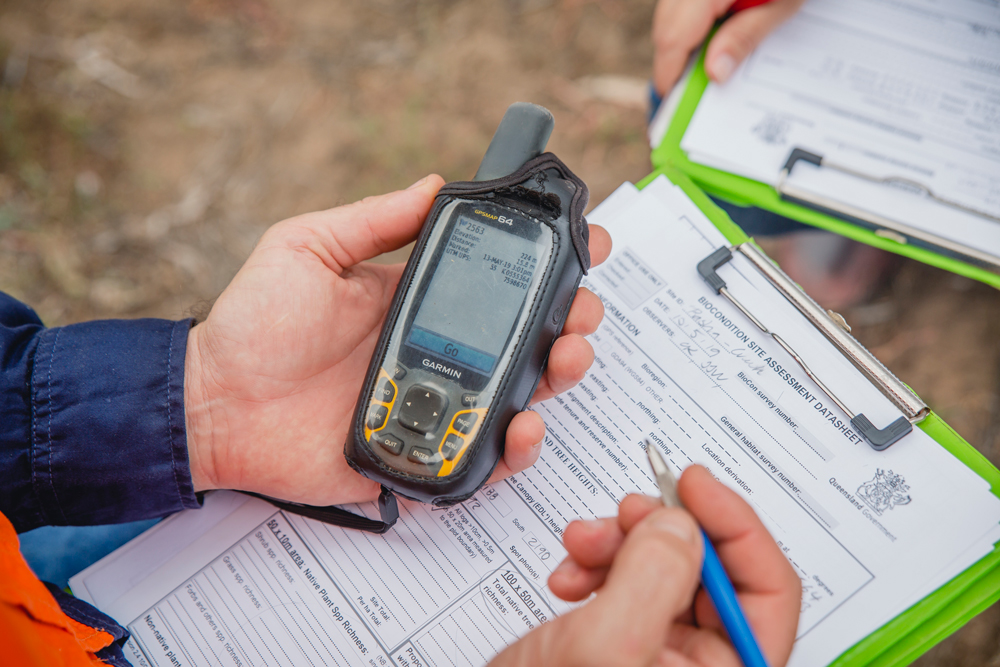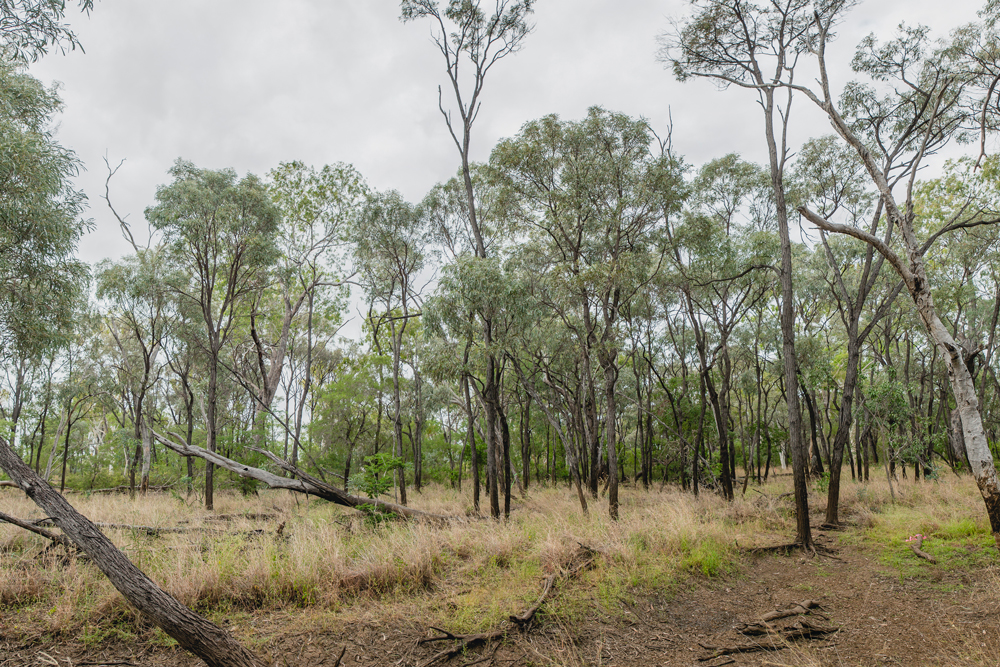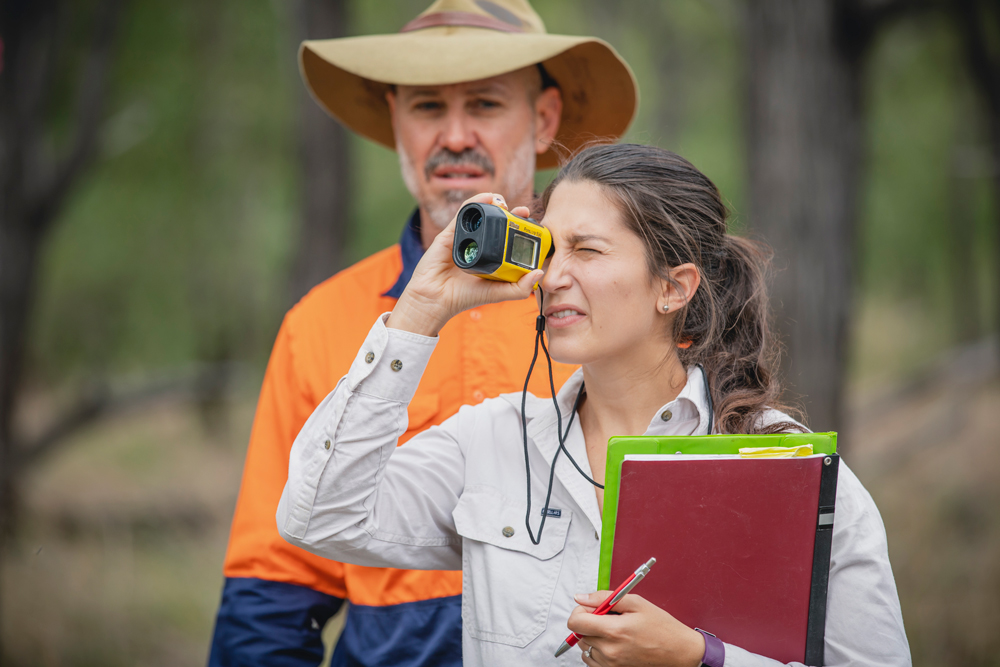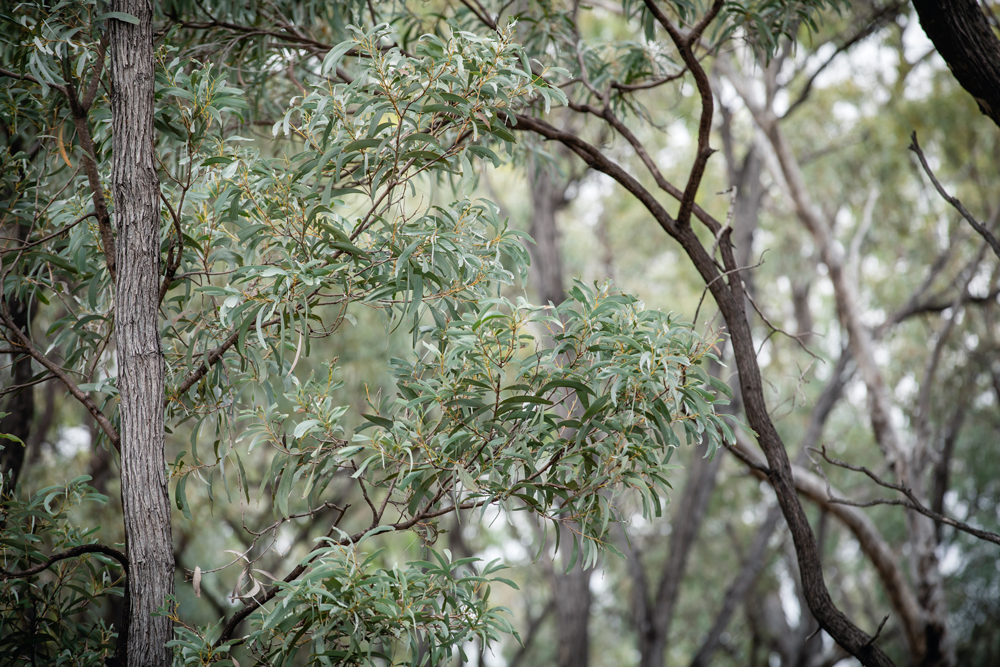Conserving Brigalow corridors in the Burdekin
Land managers in the Northern Brigalow Belt region are working to conserve and protect brigalow threatened ecological community corridors to help conserve wildlife, specifically endangered species.
The NQ Dry Tropics’ Conserving Brigalow Corridors in the Burdekin project, funded through the Australian Government’s National Landcare Program 2, is helping landholders increase the connectivity between brigalow corridors by improving the quality of brigalow habitat.
Protecting Biodiversity field officer JJ Walker said brigalow corridors provided food and shelter for a variety of wildlife, encouraged movement between isolated populations, and helped with juvenile dispersal and seasonal migrations.
“Brigalow is home to a wide range of wildlife including birds, amphibians and mammals including a number of endangered species such as the ornamental snake, glossy-black cockatoo, painted honeyeater, spotted bowerbird and the rare pale imperial hairstreak butterfly,” she said.
“The aim of this project is to determine the best strategies for protecting both the habitat and the endangered species of the Brigalow Belt bioregion while maintaining production value.
“Our delivery partner NRA Environmental Consultants is currently conducting a fauna survey program to collect baseline data that will provide us with an understanding of the fauna assemblage on properties that are participating in the project.
“In partnership with landholders, NQ Dry Tropics will then develop land management strategies that will help enhance biodiversity in these brigalow corridors, while maintaining a productive and resilient landscape for the landholder.
“Some of those strategies may include protecting important regrowth within the brigalow corridor, managing pests and invasive weeds through a property pest management plan, as well as managing animal grazing regimes.
“This project is a great example of showing that through careful stewardship, biodiversity and grazing businesses can coexist, demonstrating that preservation does not need to be an all-or-nothing proposition,” she said.


